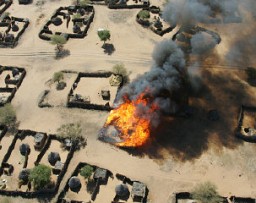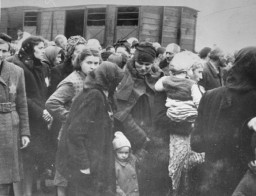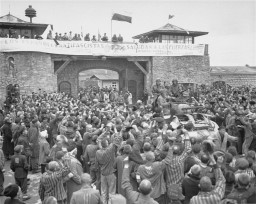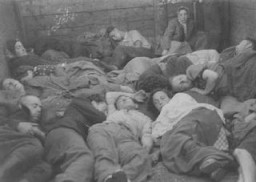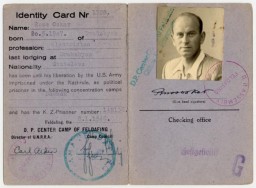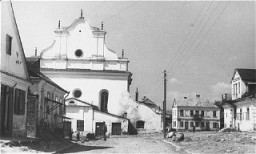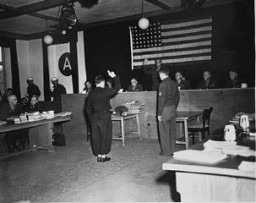Series: After the Holocaust
Browse articles describing key themes related to the end of the Holocaust: the liberation of Nazi camps, challenges facing survivors, establishment of displaced persons camps, efforts to seek justice in war crimes trials, and some of the postwar developments in understanding the concept of genocide.
